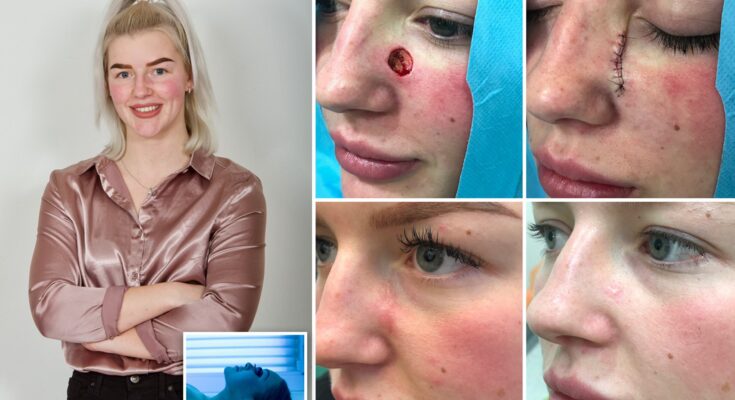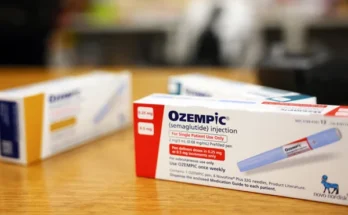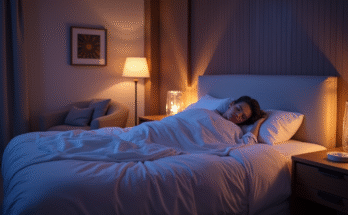A young woman, diagnosed with aggressive melanoma that metastasized from her skin to her neck and lungs, told me she used tanning beds “very little.” She believed her exposure was negligible—but this case underscores an extremely important reality: even minimal use of sunbeds can start a person on the path to dangerous long-term harm. Research has proved it—the artificial ultraviolet (UV) radiation from tanning beds substantially multiplies the risk of melanoma—just a few times .
Scientific Evidence: Hidden Risks in Even Light Us
Many big studies have shown the connection between indoor tanning and melanoma͏, mostly in young people. A key meta-analysis of 14,000 melanoma cases and 233,000 controls found that ever using sunbeds increases the risk of melanoma by about 27%, squamous cell carcinoma by 40%, and basal cell ca̷rcinoma by 24%. When looking only at early onset cases (under 50) the risks increased even more—melanoma by 75% and non-melanoma skin cancer by almost 100%.
Another analysis described a robust dose-response relationship: every extra yearly visit of indoor tanning increases melanoma risk by 1.8%, and beginning before age 35 raises risk by almost 60% . Just a few visits can suffice to change cancer paths.
Why Young Adults Are More Susceptible
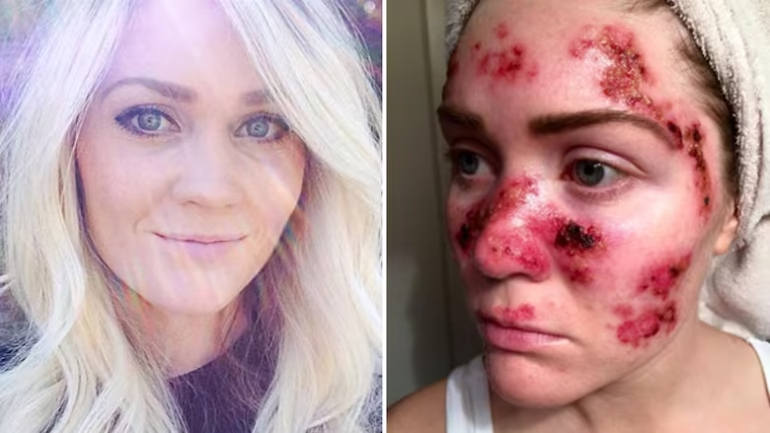
The experts believe that in younger skin, damage proves more radical, and early exposure becomes biologically meaningful. One cohort of women with ten or more lifetime sunbed sessions had a risk of early-onset melanoma up to six times higher than those who never tanned indoors. This supports why the World Health Organization and International Agency for Research on Cancer classify sunbeds as Group 1 carcinogens—on par with asbestos and tobacco .
Silent Risk in “Minimal” Exposure
Many tanning-bed users believe that occasional use—just a couple of times—poses little harm. Yet epidemiological data clearly counter that illusion. Even modest usage during high-school or early-adulthood years boosts melanoma risk. In a U.S. study tracking nearly 74,000 nurses over 20 years, those who used tanning beds four times per year had a 15% higher rate of basal cell carcinoma, squamous cell carcinoma and an 11% rise in melanoma. What may seem like light or sporadic use can trigger significant biological damage as this young woman’s case so tragically illustrates.
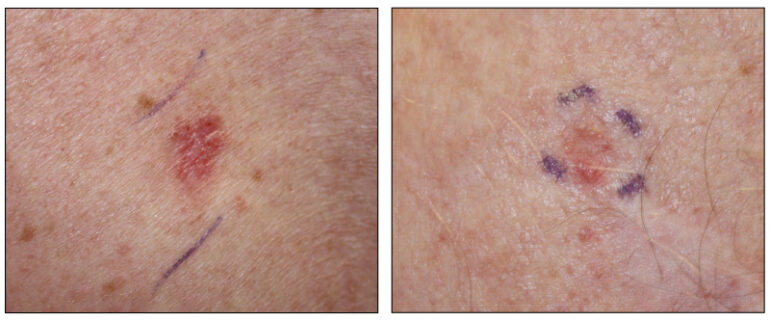
Rapid Progression: From Skin to Lungs
The most alarming aspect of this case is how quickly her melanoma spread—moving from her skin to the neck and lungs. Melanoma is known for its aggressive metastatic potential, and UV-induced DNA mutations can accelerate this progression, even from seemingly minor exposure. Young patients often experience more rapid development of high-risk lesions, highlighting a potentially devastating consequence of even minimal sunbed usage.
Broader Public Health Impact
Remaining a key, avoidable risk factor for skin cancer indoors tanning is. Over 10,000+ melanoma cases each year are directly linked to the use of sunbeds. In Australia—which is also known for high outdoor sun exposure—a study predicted that ͏16%of early-onset melanoma cases (ages 18-29) could be prevented if people avoided using sunbeds. In Sweden, users of sunbeds had a 20% greater likelihood of developing squamous cell carcinoma-the dose response association once again was very strong.
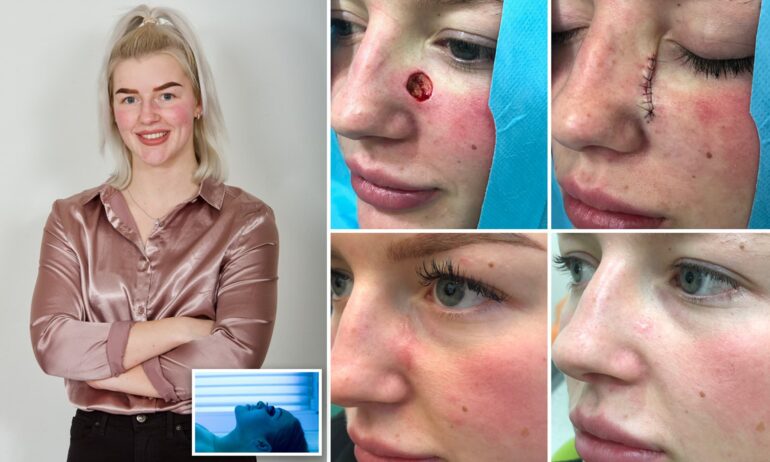
Real Stories Echo the Data
Survivors’ stories echo these grim statistics. One BBC report described a woman who used sunbeds from age 17 and developed melanoma within just 18 months. Reddit discussions among melanoma survivors reveal that many used tanning beds in their teens or twenties and now live with frequent biopsies or staged cancer diagnoses—even years later. These lived experiences put a human face on abstract risk numbers, reminding us no amount of indoor tanning is risk‑free.
Zero Safe Threshold

A case a-ssuming; no safe level of indoor tanning. If ever used—sunbed use breaks cellular integrity; starkly increases cancer risk, very substantially. Expert opinion is 100% that individuals should avoid indoor tanning, more so the younger population below 30 and more so for themselves. They instead recommend sun safety, regular skin screenings, and telling people to walk away from tanning salons as a healthier long-term life path .
